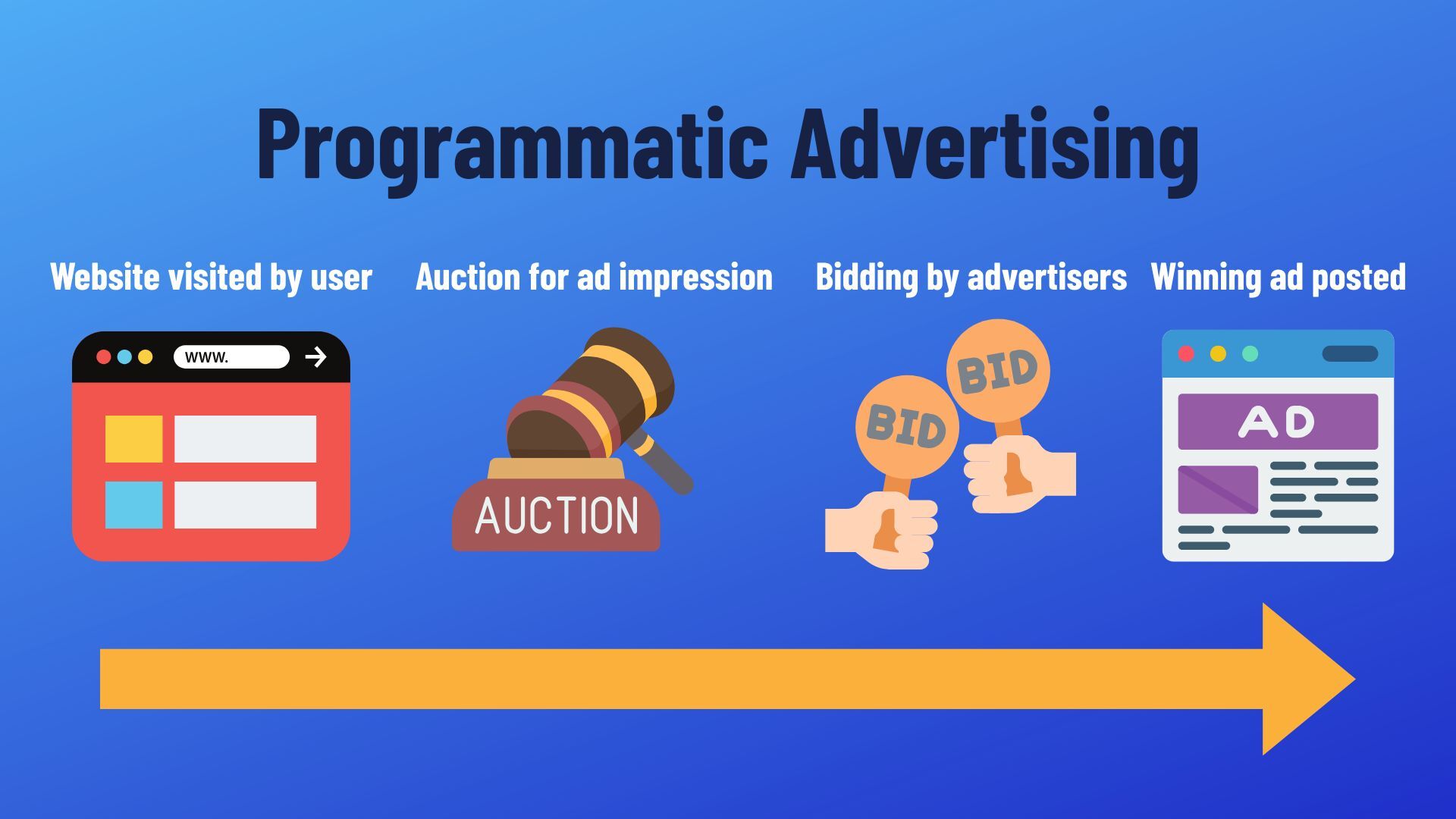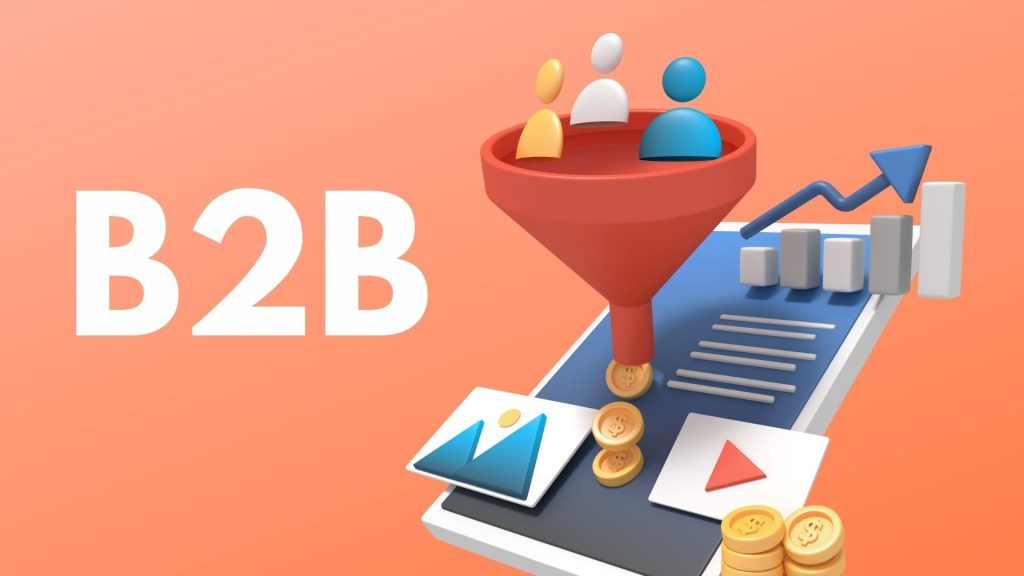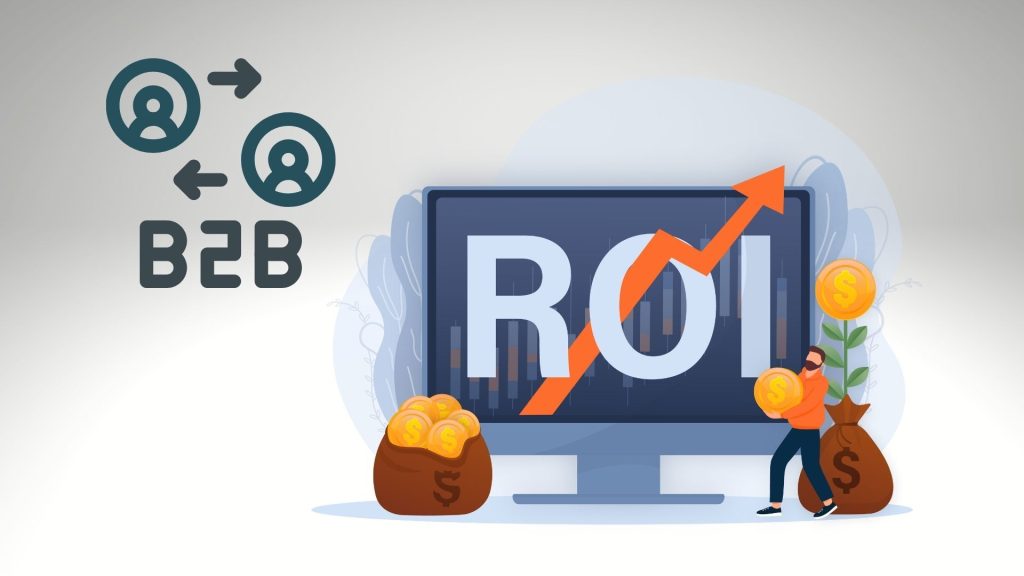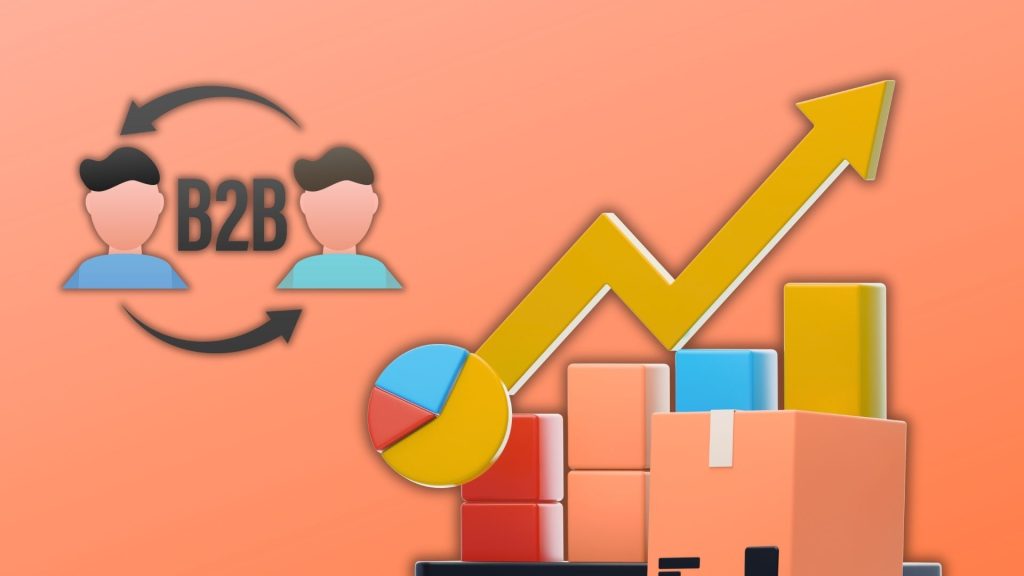What Is Programmatic Advertising and How Does It Work?

Programmatic advertising has transformed how advertisers and publishers buy and sell digital advertising space. By leveraging automation, AI, and machine learning, programmatic marketing streamlines media buying, enabling campaigns to be faster, wiser, and more precisely targeted. In today’s marketing industry, programmatic approaches underpin much of digital advertising, shaping everything from display and video to emerging channels such as connected TV and digital out-of-home.
Key Takeaway:
Programmatic advertising automates the buying and selling of digital ad space through AI, machine learning, and real-time bidding. It helps advertisers efficiently target specific audiences across channels while giving publishers better control over monetizing their ad inventory. This approach improves campaign performance, transparency, and ROI in digital marketing.
Understanding Programmatic Advertising
Programmatic advertising refers to the automated process of purchasing and selling digital ad inventory across a vast marketplace. Unlike traditional digital advertising, which often relies on manual negotiations, programmatic advertising utilizes sophisticated platforms to automate ad buying in real-time. This process enables advertisers to target specific audiences with more relevant messaging while allowing publishers to monetize their ad space efficiently.
Recent industry data underscore the dominance of programmatic advertising. In 2024, programmatic accounted for roughly 80% of all US digital ad spend, with forecasts showing the global programmatic display market reaching $85.4 billion by 2025, expanding at a 24.6% CAGR through 2035. These figures underscore the growing importance of programmatic advertising in modern marketing strategies.
The Mechanics of Programmatic Advertising
At its core, programmatic advertising relies on real-time bidding (RTB). When a user visits a website or opens an app, a request for the ad space is sent to an ad exchange. This marketplace connects advertisers and publishers, enabling demand-side platforms (DSPs) to bid for the opportunity to display a programmatic ad to a specific user. Simultaneously, supply-side platforms (SSPs) enable publishers to make their inventory available for these auctions.
Machine learning and AI play crucial roles in this process, analyzing vast amounts of data to help advertisers set optimal bids and refine audience targeting. This entire process, which involves matching an ad to a user, determining who wins the auction, and delivering the creative, occurs in milliseconds.
Key Components of the Programmatic Ecosystem
The programmatic ecosystem is built on several interconnected platforms. DSPs help advertisers automate their ad buying, managing bids across multiple ad exchanges, while SSPs assist publishers in selling their inventory to the highest bidder. Ad exchanges function as a neutral marketplace where this buying and selling activity takes place.
Supporting these systems are data management platforms (DMPs) and customer data platforms (CDPs), which aggregate audience data to improve programmatic ad targeting. These platforms enable advertisers to purchase ad inventory that aligns precisely with their target audience, optimizing both ad spend and campaign outcomes.
How Programmatic Differs from Traditional Digital Advertising
Unlike traditional digital advertising, which often involves direct deals with individual publishers or static ad placements through an ad network, programmatic advertising automates the process. It utilizes real-time data to determine which ad impressions to purchase, ensuring ads are delivered to the right people at the optimal time. This not only improves efficiency but also makes campaigns far more scalable and responsive to live market conditions.
Common Types of Programmatic Advertising
Programmatic advertising isn’t limited to a single buying model. Different approaches serve different marketing objectives, giving advertisers flexibility and control.
Programmatic Direct
Programmatic direct allows advertisers to purchase guaranteed ad inventory at a fixed price. This method ensures certainty over placement and cost, making it ideal for campaigns that require predictable reach and delivery.
Open Auctions (RTB)
In open auctions, also known as real-time bidding (RTB), ad inventory is made available to multiple advertisers who compete in real time. This approach provides broad reach and typically results in the most cost-efficient buying.
Private Marketplaces (PMPs)
Private marketplaces give selected advertisers access to premium inventory through invitation-only auctions. PMPs offer higher quality placements with more control over where ads appear, combining the advantages of open bidding with added brand safety.
Programmatic Guaranteed
Programmatic guaranteed blends the security of direct deals with the benefits of automation. Advertisers agree on a fixed price and volume upfront, while the transaction is executed programmatically, ensuring efficient delivery without manual processes.
Emerging Formats: CTV, DOOH, and Audio
As the programmatic landscape evolves, buying methods are extending into Connected TV (CTV), digital out-of-home (DOOH), and programmatic audio. These channels utilize the same automation and data-driven targeting found in display and video, expanding the reach of advertisers across diverse digital environments.
Advantages of Programmatic Advertising
The benefits of programmatic advertising are extensive. Automation minimizes manual processes, speeding up ad buying and allowing teams to focus on creative strategy. Precise targeting utilizes both first- and third-party data to effectively reach the right audience segments, thereby maximizing the impact of every digital ad.
Additionally, real-time reporting provides advertisers with transparency into where their ads appear and how they perform, helping them optimize CPM, drive stronger ROI, and reduce wasted ad spend. AI-driven optimization further enhances results by automatically adjusting bids and creative delivery based on live performance data.

Measuring Success in Programmatic Campaigns
Key metrics, including CPM, total ad impressions, click-through rates, and conversion performance, measure effective programmatic campaigns. Demand-side platforms and programmatic advertising platforms offer real-time dashboards that display campaign performance, enabling advertisers to fine-tune targeting and budgets to achieve the best possible outcomes.
Best Practices and Evolving Considerations
To succeed with programmatic advertising, brands must prioritize brand safety, utilize robust anti-fraud tools, and leverage customer data platforms for more effective targeting. The growing role of privacy regulations such as GDPR, CCPA, and emerging 2025 standards means advertisers need to handle data responsibly, ensuring transparency and compliance across all marketing efforts.
Keeping up with programmatic advertising trends, testing different ad types and creative formats, and exploring new channels like CTV and DOOH will keep campaigns ahead of the curve.
Industries Leveraging Programmatic Advertising
Programmatic advertising is widely used across industries that rely on precise targeting and scalable media buying to reach consumers at the right moment.
Retail brands utilize programmatic ads to retarget shoppers with personalized product recommendations based on their browsing or cart activity, thereby driving conversions both online and in-store. Automotive companies deploy dynamic video ads through real-time bidding to engage in-market buyers researching specific models or price ranges.
The travel and hospitality sectors harness programmatic advertising to target users who have recently searched for destinations or hotels, adjusting bids based on booking windows to maximize reservations. Consumer packaged goods (CPG) brands utilize programmatic display and digital out-of-home campaigns to establish broad brand awareness and target shoppers near point-of-purchase locations. Entertainment and media companies rely on programmatic marketing to promote new releases across Connected TV and streaming platforms, efficiently reaching fans of similar genres or viewing habits.
These examples demonstrate how programmatic advertising enables diverse industries to combine audience data, creative assets, and automation, resulting in more relevant and cost-effective campaigns.
Conclusion
Programmatic advertising has redefined how advertisers and publishers buy and sell digital advertising space. By harnessing automation, machine learning, and sophisticated data analytics, it delivers smarter, more efficient, and highly targeted campaigns. As new platforms and formats emerge, programmatic advertising will continue to drive the future of digital marketing, making every ad impression count in an increasingly competitive marketplace.


